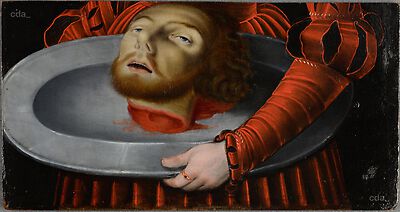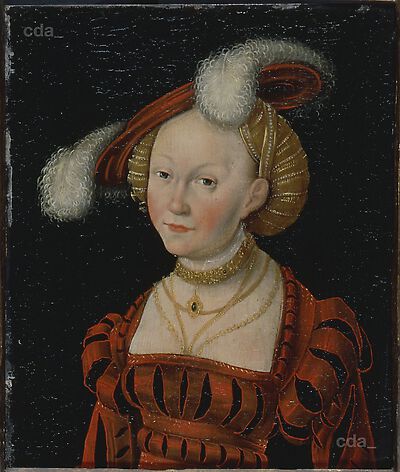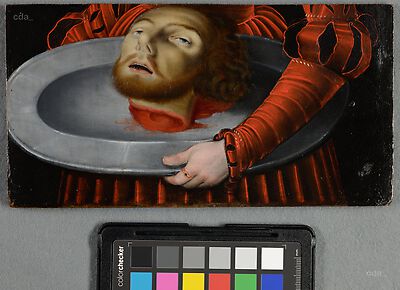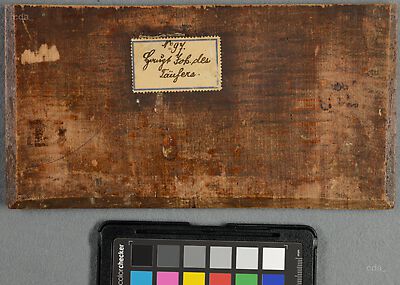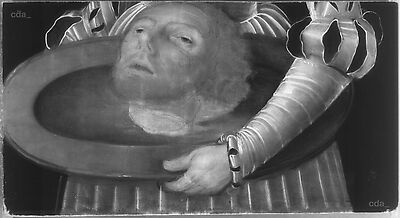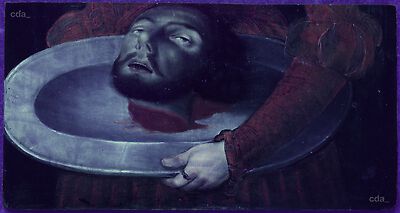- Attribution
- Follower of Lucas Cranach the Elder
Attribution
| Follower of Lucas Cranach the Elder | [unpublished examination report G. Heydenreich, 2018] |
- Production date
- before 1750 or after 1940
Production date
| before 1750 or after 1940 | [unpublished examination report G. Heydenreich, 2018] |
- Dimensions
- Dimensions of support: 11.6 × 22 cm
Dimensions
Dimensions of support: 11.6 × 22 cm
[unpublished examination report G. Heydenreich, 2018]
- Signature / Dating
None
- Inscriptions and Labels
On the reverse: - label: 'No 97, Haupt Joh. des Täufers'
[unpublished examination report, G. Heydenreich, 2018]
Inscriptions and Labels
Inscriptions, Badges:
On the reverse:
- label: 'No 97, Haupt Joh. des Täufers'
[unpublished examination report, G. Heydenreich, 2018]
- Owner
- Private Collection
- Repository
- Private Collection
- CDA ID
- PRIVATE_NONE-P298
- FR (1978) Nr.
- FR-none
- Persistent Link
- https://lucascranach.org/en/PRIVATE_NONE-P298/
